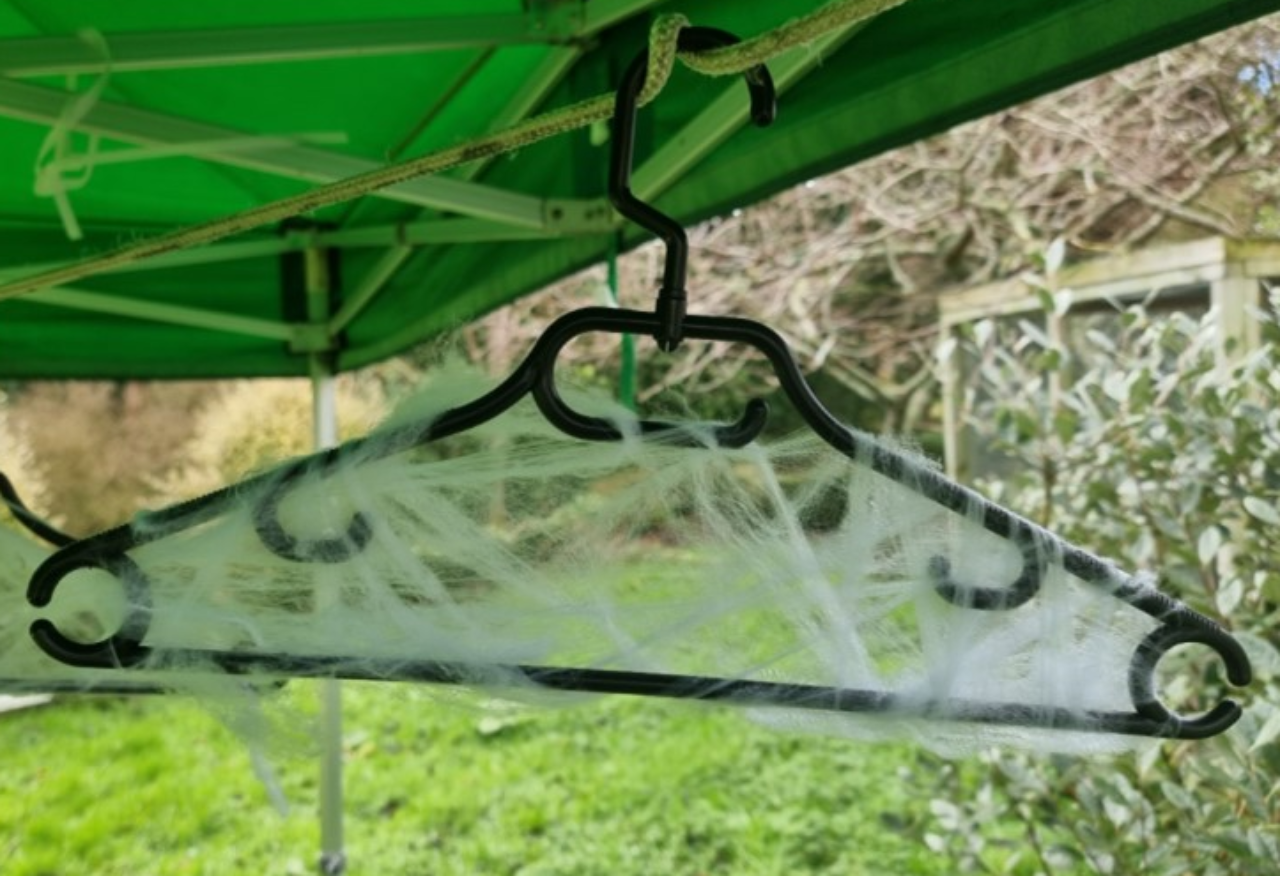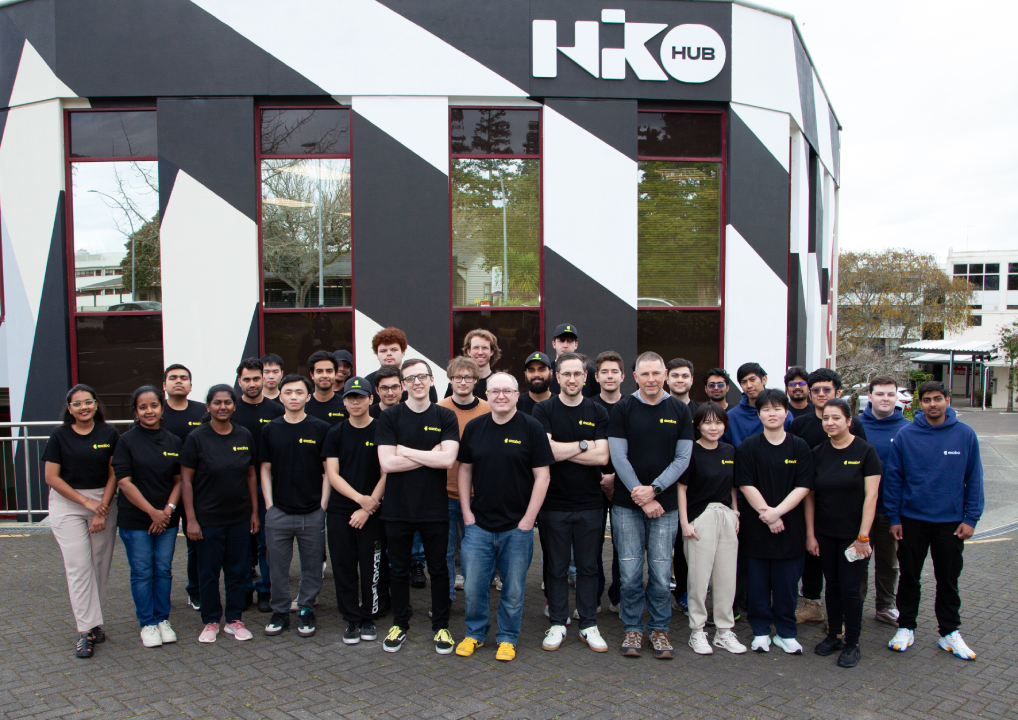They’re usually spun to make spooky Hallowe’en decorations, but new research from the University of Waikato and the Bioeconomy Science Institute has found that toy cobwebs can also weave surprising benefits for environmental research.
A forthcoming paper shows that artificial cobwebs can be an effective way to collect environmental DNA (eDNA), which is the genetic material that living things shed naturally into their environments.
For instance, instead of taking a blood sample directly from an elephant, which is quite difficult to do, scientists can sample the air in an area and extract DNA from it. That DNA can reveal whether an elephant was recently nearby.

Dr Ang McGaughran
Inspired by a study using real spiderwebs as passive air filters for eDNA, University of Waikato Senior Lecturer of Ecology, Biodiversity and Animal Behaviour Dr Ang McGaughran began exploring toy cobwebs as a more controllable alternative.
“When you remove a spiderweb for analysis, you’re taking away something the spider may have spent significant time and energy creating. In some cases, you might even be destroying its home or harming the spider itself during sampling.
“That led us to a quirky idea: what if we could create an artificial spiderweb that performs the same function, but without those negative impacts?”
Dr McGaughran and her collaborator Bioeconomy Science Institute Senior Researcher Dr Manpreet Dhami, plus Waikato PhD student Starsha Bird, took polyester Halloween cobwebs that can be bought from any dollar store and are often slung around people’s doorways or fences on October 31. They then wrapped the webs around coat hangers and placed them out in a field in Palmerston North.
“We were pleasantly surprised with the results. The fake webs worked similarly well to real webs and gave us a unique view of the terrestrial biome, which is often not fully captured by the more common, water eDNA sampling approach”, says Dr Dhami.

Dr Manpreet Dhami
"As well as potentially being better for the spiders, there's also more scientific rigour because you can control the size of the webs, how many you put out, and how long you put them out for.”
The team found that the fake cobwebs did work, a discovery which could form a new method for environmental monitoring or biomonitoring.
Biomonitoring is done for two main reasons, Dr McGaughran explains, the first of which is conservation.
“It allows us to understand what species are present and how biodiversity changes over time, especially in response to actions such as habitat restoration. For example, if we want to know whether native insects return after replanting.
“The second is biosecurity to detect invasive species as early as possible and track how communities respond to management or eradication efforts.”

Polyester Halloween cobwebs that can be bought from any dollar store
“And this cheap and simple option, which anyone can craft at home, could even make this technology accessible to citizen scientists, mana whenua, school groups, and for community restoration projects,” adds Dr Dhami.
Biomonitoring can also confirm the presence of rare species and show whether they’re returning to restored habitats.
The team found their new method particularly effective for detecting fungi, but they also picked up DNA from birds and mammals.
It has previously been difficult to effectively use eDNA to detect birds. eDNA has so far been most successful in water-based environments, where it works well for species such as fish and aquatic insects.
“I expected some difference between the signals from water and webs, but the gap was much larger than I anticipated”, says Dr McGaughran. “While water-based sampling is great, it mainly detects aquatic species. If people want to find land-based species too, they should consider adding air (including web) DNA sampling. It’s not about replacing water methods but about using both for a fuller picture.”
As for the environmental impact of the cobweb material, Dr McGaughran says it has basically zero impact.
“Except for the fact that it's capturing trace DNA from the environment and removing that, it's not really taking anything else away.”




